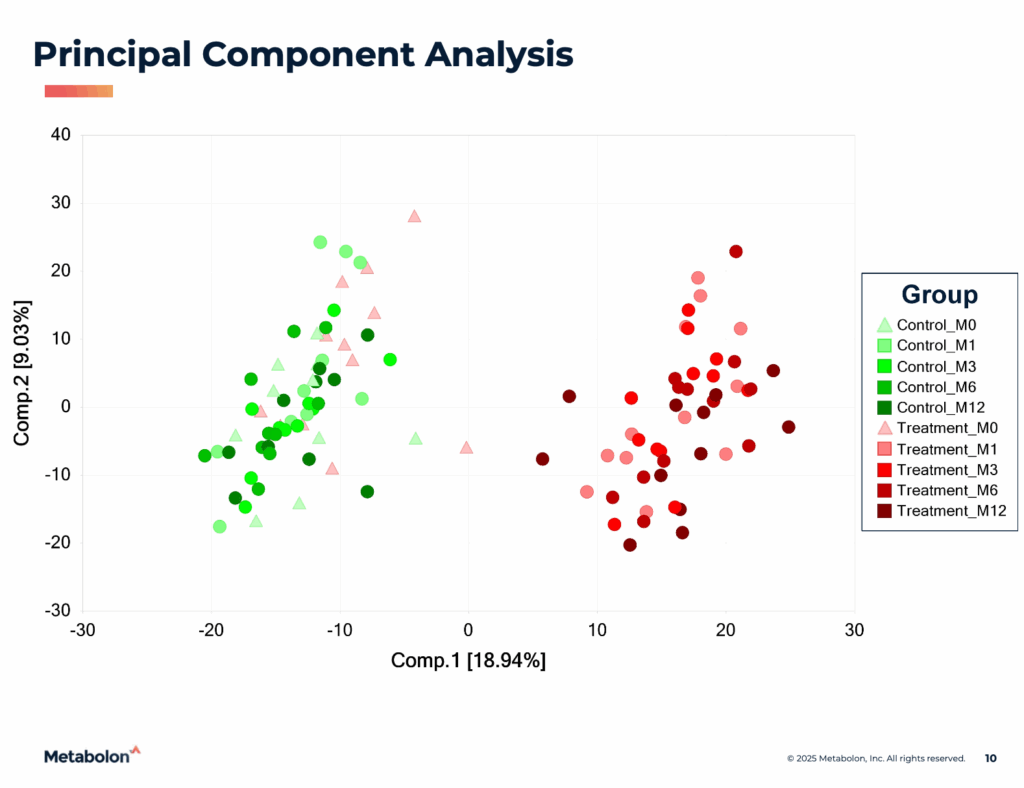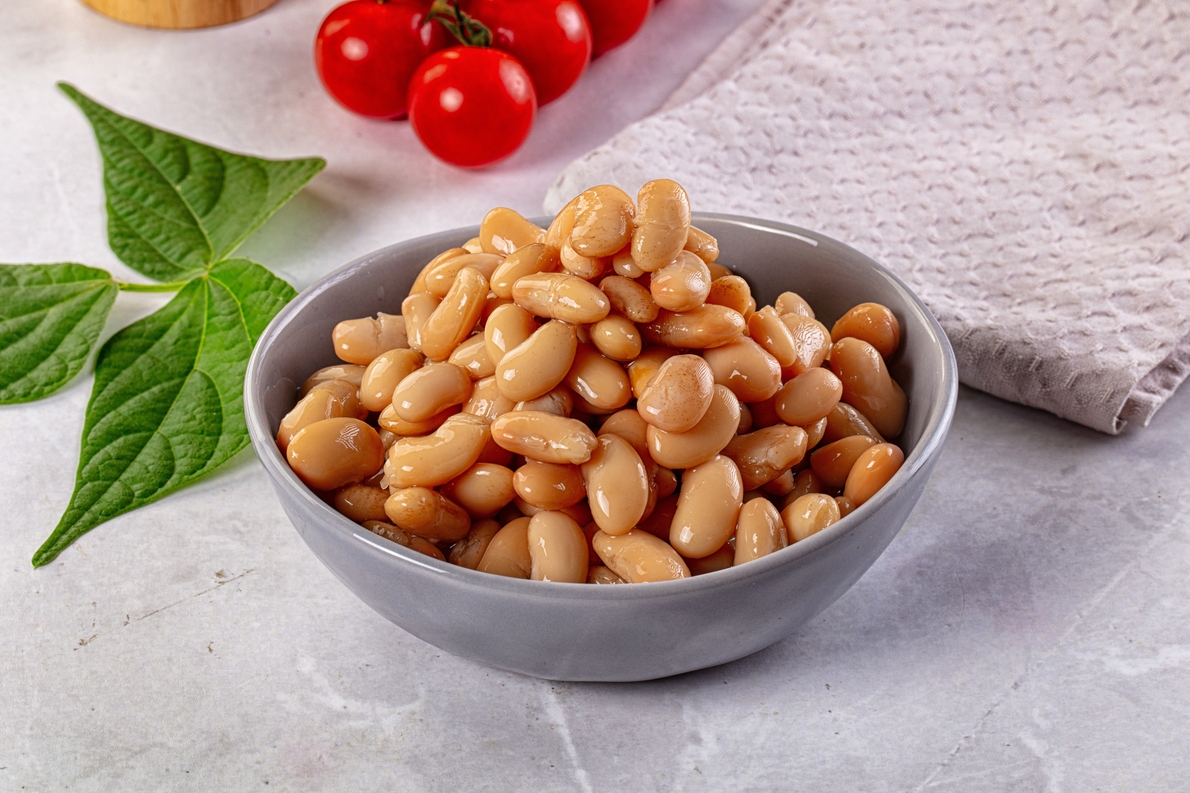In this article:
One way to assess whether a diet is helping a dog age healthfully is to look at their metabolic profile. A metabolic profile shows the complete system of metabolic processes in a cell; the study of the small molecules produced by cells that are responsible for an organism’s metabolic processes is called metabolomics.
The Farmer’s Dog recently conducted a yearlong metabolomic study led by Dr. Heather Huson, Associate Professor of Animal Sciences at Cornell University, with the help of our own Board-Certified Veterinary Nutritionists®. This first-of-its-kind study found that feeding dogs food from The Farmer’s Dog can meaningfully support healthier aging—reinforcing that minimally processed food has the potential to enhance metabolic function and overall health.
Here’s what to know about metabolomics, why it’s important to healthy aging, and what this new research revealed about fresh food and metabolism.
What is metabolomics, and why is it important to healthy aging?
Like you, your dog has a metabolism—a suite of chemical reactions that cells perform to produce energy. Diet affects metabolism through the compounds it provides cells to convert into energy. Metabolomics can help us better understand things like aging and food’s effect on a dog’s metabolism.
Similar to people, dogs’ metabolism changes as they age. For example, dogs who put on more fat with age can show a metabolic profile that leads to more inflammation, which makes developing age-related diseases more likely.
A food’s ingredients and the way they are processed can impact the nutrients available to a dog and how they’re metabolized. Over the long term, the way diet and metabolism interact can affect a dog’s aging process.

What happened in this study?
In a yearlong study, 22 healthy Alaskan sled dogs over age 12 were were fed a specific dry-food diet for four months and then divided into two groups. One group continued eating kibble for the next 12 months, while the other group transitioned to fresh, minimally processed, human-grade food. The study’s findings were published on October 17 in the journal Metabolites.
Each month, the study team from Cornell assessed the dogs for body weight and condition. Starting at day 0, and then at months one, three, six, and 12, the team took blood samples to analyze the metabolic profiles of each dog.
The dogs fed fresh food showed a rapid, sustained metabolic shift, improving after only a month. Notably, they had lower levels of harmful compounds called advanced glycation end products (AGE), which are associated with aging and chronic disease. These dogs also had higher levels of antioxidant and protective metabolites like ergothioneine, carnosine, and anserine, suggesting an increased capacity for protecting cells from naturally occurring damage, called oxidation.
The fresh-food group also had lower levels of malonate, which is a marker of fatty acid synthesis, indicating a more efficient metabolic profile compared to the kibble-fed group.

“The magnitude and consistency of the metabolic impacts we observed were quick, sustained, and striking,” said study co-author and Board-Certified Veterinary Nutritionist® Joseph Wakshlag, DVM, Ph.D., DACVSMR, DACVIM (Nutrition).
“Fresh, minimally processed food shifted the dogs’ metabolism towards an alternative metabolic profile in the aging dog with markers for improved muscle and neurological health,” he said, “and implications for improved antioxidant defense, and diminished AGE formation. These results are an exciting milestone for understanding canine metabolic health and nutrition.”




